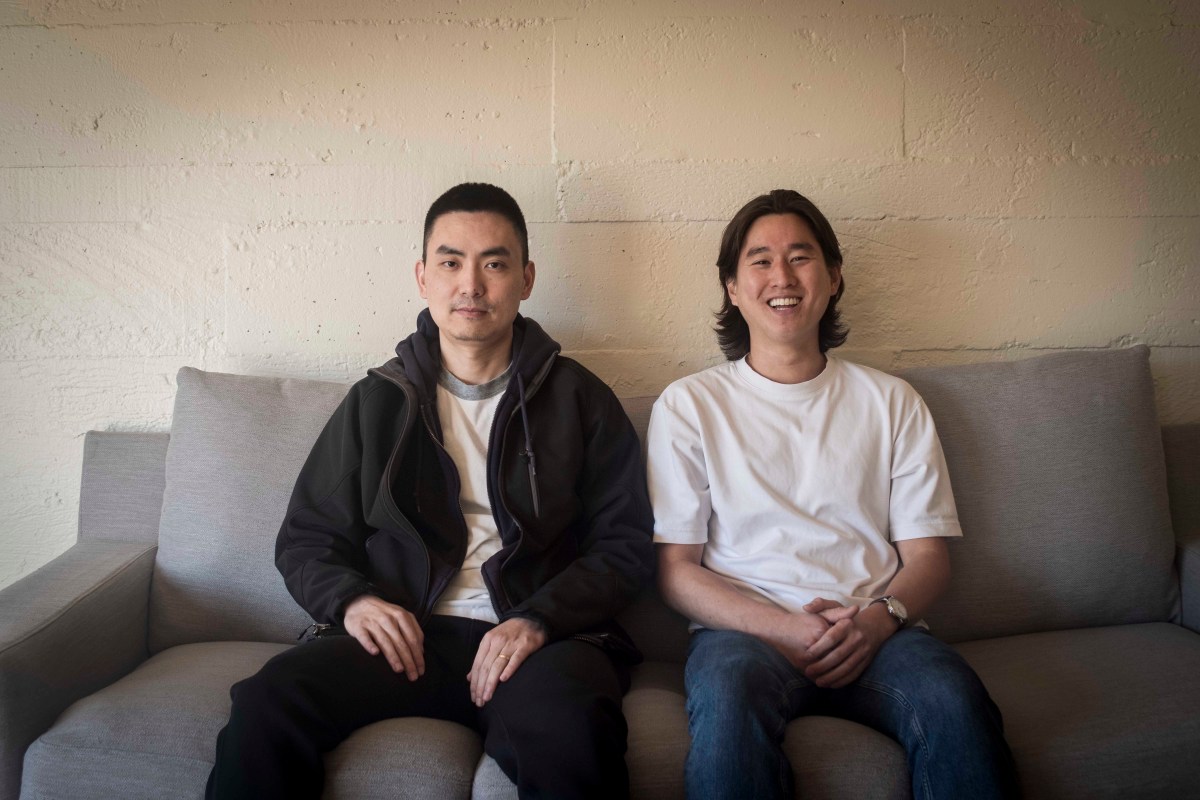When cloud providers such as Microsoft Azure and AWS launched cloud software marketplaces a decade ago, it opened up a new sales channel for software-as-a-service (SaaS) companies to get in front of potential enterprise customers. These marketplaces effectively enabled SaaS companies to bypass the traditional, lengthy sales cycles.
However, the seller-side experience rarely becomes a walk in the park. Getting software listed on these marketplaces requires multiple engineers, and the overhead burden only increases as a company scales.
Jon Yoo and Chengjun Yuan are well-known for their experience working at Salesforce and Confluent, respectively. The duo decided to launch a company, Sugar, to alleviate the operational challenges associated with selling via cloud marketplaces.
Sugar is a toolkit that automates SaaS product listing across various marketplaces and manages these listings as they scale up. The platform’s unified APIs integrate with a company’s billing, customer relationship management, and other existing tools.
Yoo stated that Sugar can assist with a range of cloud marketplace-related tasks, including flexible pricing, revenue reports, and delivering buyer insights.
“We created a workflow so that we can orchestrate all these tasks that would normally be done on a day-to-day basis,” Yoo told TechCrunch. “We aim to automate each part of the transaction lifecycle, thereby enabling our customers to transact at scale. This is truly starting to materialize. Based on our data, our customers are experiencing a 3x increase in marketplace volume after switching to us from an in-house solution or a competitor product,” Yoo said.
Sugar launched in 2022. Since then, the company’s customer base has grown to over 200 companies, including Snowflake, Notion, and Intel.
Sugar recently secured a $15 million Series A round led by Threshold Ventures, with participation from existing investors such as Craft Ventures, Intel Capital, and Y Combinator. Yoo stated that the company received several term sheets pretty quickly, as many of the investors Suger spoke with have portfolio companies struggling to manage cloud marketplaces.
Some prospective investors told Yoo that Sugar would struggle to raise funding in this environment because it wasn’t marketing itself as an “AI company.” However, this didn’t seem to deter many potential backers.
“We utilize AI internally in our product, but AI is just technology,” Yoo said. “AI can be the underlying technology, but what is the actual value we are providing to our customers? Ultimately, they want to know that we are helping them do their jobs and supplement the work they’re doing, rather than marketing fluff.”
;
The use of cloud marketplaces continues to be a growing part of enterprise sales. Salesforce CEO Marc Benioff stated that in its second quarter of fiscal 2025, three of Salesforce’s top 10 largest deals were closed through AWS’ cloud marketplace.
Yoo highlighted that many young AI startups are looking to cloud marketplaces as a sales channel right off the bat.
“It’s a massive market,” Yoo said. “It has progressed from being a nice-to-have channel to a must-have channel if you are selling to enterprises.”
It’s clear that there is competition in Suger’s sector, but since Suger is a second mover, the company has an advantage. Other companies build their own cloud marketplace listing systems in-house, while others turn to startups like Tackle, which has raised more than $148 million in venture funding and offers similar capabilities to Suger’s.
Yoo stated that Suger goes beyond just the listing process, whereas Tackle primarily focuses on this aspect. Yoo also mentioned that Suger plans to use its newly secured funds to expand its product and increase its engineering bandwidth. Ultimately, Suger aims to create tools for the buyer side, helping businesses procure software and manage their spend.
“We are truly excited about the future, not just for the company, but also for the future of cloud marketplaces,” Yoo said. “We really want to bring that consumer experience to B2B sales, because it doesn’t make sense that it takes two years for an enterprise sales cycle.”
Source Link




